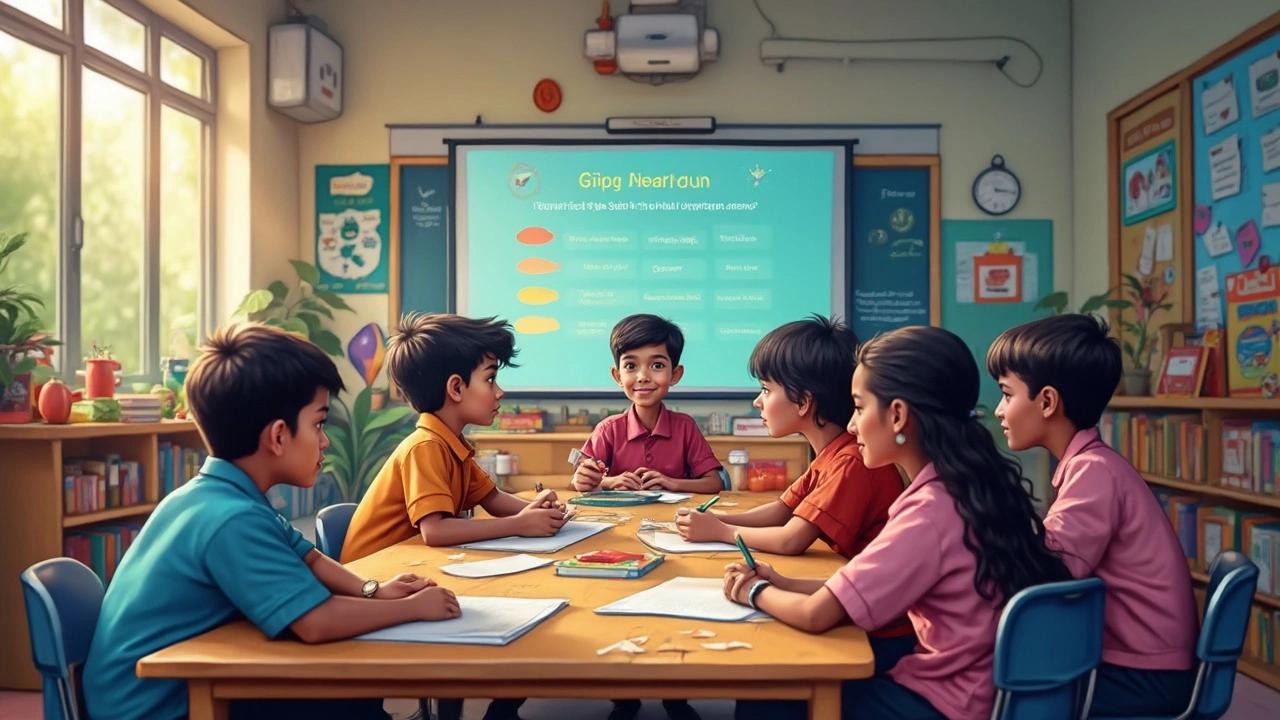School Curriculum Explained – What Students Learn in Indian Schools
Ever wonder what exactly goes into the school curriculum in India? Whether you’re a parent, student, or teacher, knowing the subjects, board guidelines, and real‑world relevance can make planning a lot easier.
Key Boards & Their Focus
India has three big players when it comes to school boards – CBSE, ISC and the various State Boards. CBSE (Central Board of Secondary Education) sticks to a uniform, nationwide syllabus. It emphasizes science, math, and language skills that line up with competitive exams like JEE and NEET. ISC (Indian School Certificate) offers a slightly broader approach, adding depth in humanities and encouraging analytical thinking. State Boards follow regional guidelines, often including local language, history, and culture, which can be a plus for students aiming for state-level entrance tests.
Each board decides how many hours you spend on a subject, the weight of internal assessments, and the type of projects you finish. For example, CBSE now includes a 20‑minute practical in biology, while ISC pushes for a research‑style project in economics. Knowing these differences helps you pick the right school for your goals.
How Curriculum Impacts Exams
The curriculum isn’t just a list of topics – it shapes how you prepare for major exams. If you’re targeting engineering, CBSE’s focus on problem‑solving and frequent mock tests gives you a head start for JEE. Want to go into medicine? The same board’s detailed biology syllabus aligns well with NEET’s question patterns. ISC’s emphasis on critical analysis can be a game‑changer for students who prefer subjects like economics or psychology.
State Boards often match their syllabus with state‑level entrance exams. That means a student in Karnataka might study the state board’s version of physics, which mirrors the format of KCET. Understanding this link saves you from extra tutoring later on.
One practical tip: compare the official curriculum PDFs of each board. Look for topics you’re comfortable with and those you might need extra help on. Then plan your study schedule around the board’s assessment calendar – most boards release Internal Assessment (IA) dates six months in advance.
Beyond academics, most curricula now include life‑skills modules – financial literacy, digital citizenship, and basic coding. These additions aim to bridge the gap between school and the workplace, ensuring students are ready for the real world.
In short, the school curriculum sets the roadmap for what you’ll learn, how you’ll be tested, and even what extra skills you’ll pick up along the way. Pick a board that matches your career ambitions, keep an eye on the assessment schedule, and use the curriculum guide as a cheat‑sheet for effective study planning.
